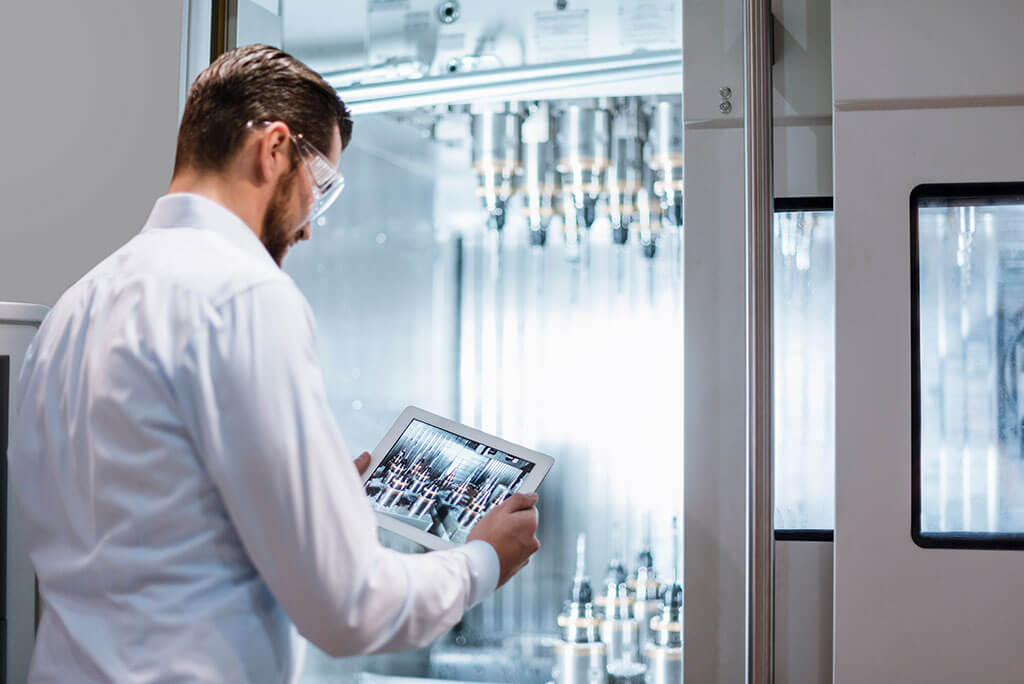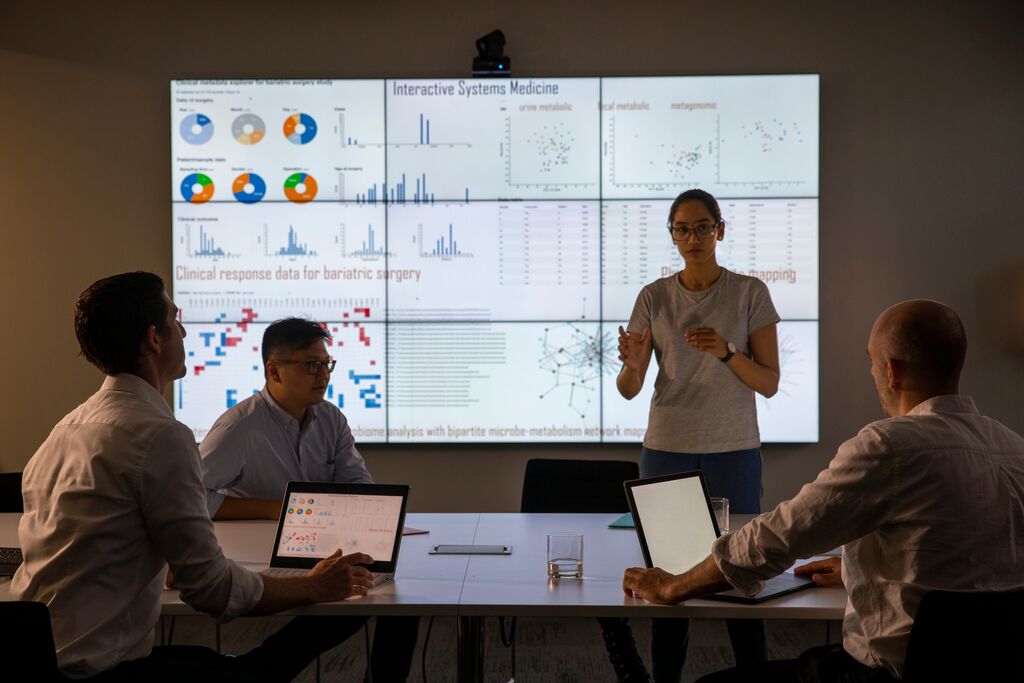





























- Locations
- Asia Pacific
- Real World Evidence for MedTech, what is the right approach?
The concepts and value of Real World Evidence (RWE) are well-established, but RWE evolves as the data sources available expand. There are ‘conventional’ sources such as electronic health records, patient registries, and national claim databases; and ‘newer’ data sources such as mobile apps, wearables and social media. Digital and technology are at the forefront of the healthcare industry right now, as the solution to many of the challenges rising from the COVID-19 pandemic. Medical Technology (MedTech) is at the centre of the ‘Internet of Medical Things’ data production, whether as Digital Therapeutics (DTx) or in any given hospital with patients connected to multiple devices. The use of RWE for MedTech is receiving more attention, but the application is still relatively limited.
In many APAC countries, there are no specific MedTech requirements or guidelines on the use of RWE for regulatory approval, HTA or reimbursement. RWE continues to be perceived as “a nice to have” or “supportive” evidence. RWE can be used to address common challenges, such as the evidence gap from being unable to conduct randomized control trials (RCT). RWE can be used to justify the reimbursement price of new products, mitigate the risk of delayed product launches and strengthen product value proposition. Nevertheless, I frequently hear from MedTech players: “where do we begin?”. Here are steps to be considered:
- Understand the product value proposition, especially for different stakeholders. This will shape the research questions for the right study design
- Identify appropriate real world data (RWD) sources. These can be secondary or primary data depending on the research objectives.
- Create an operational plan to ensure the quality of evidence, including feasibility assessments for data sources
Many companies have had to adapt research operation approaches due to the impact of COVID-19. Remote monitoring, online data collection, virtual investigator meetings, have been demonstrated as useful approaches. These will become the “new normal” practice for RWE in the future and will further add to the huge amounts of RWD the healthcare ecosystem generates.
Preparing for RWE requires early and sustained commitment, with efforts starting at least 1-2 years before launch and reimbursement. New challenges will constantly arise in healthcare and the need to drive human health forward will continue. The need to draw insights from RWE will only increase.
Authors:
Sirinthip Petcharapiruch, Principal, Real World Solutions, Asia Pacific
Ruthie Burr, Consultant, Strategic Marketing and Business Development, Asia Pacific
For more information, please feel free to contact us.


